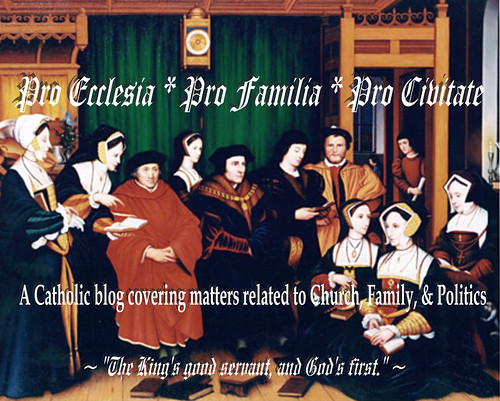Anti-Abortion Museum of the Future
(Hat tip: Jeffrey Smith)
From The Telegraph (U.K.):
... I found myself wondering how abortion will be viewed by museum curators, teachers, historians and moralists 200 years from now.My Comments:
As the slavery exhibition shows, something that one generation accepts readily enough is often seen as abhorrent by its descendants – so abhorrent, in fact, that people find it almost impossible to understand how it could have been countenanced in a supposedly civilised society.
How could people not see that Africans should not be bought and sold for the convenience of our trade or our domestic life? We reserve particular scorn for those who sought to justify slavery on moral grounds. We look at the moral blindness of the past, and tut-tut, rather complacently.
It is not hard to imagine how a future Museum of London exhibition about abortion could go. It could buy up a 20th-century hospital building as its space, and take visitors round, showing them how, in one ward, staff were trying to save the lives of premature babies while, in the next, they were killing them.
It could compare the procedure by which the corpse of a baby who had died after or during premature birth was presented by the hospital to the mother to assist with grieving, with the way a similar corpse, if aborted, was thrown away.
It could display the various instruments that were used to remove and kill the foetus, rather as the manacles and collars of slaves can be seen today.
It could make a telling show of the propaganda that was used to promote abortion – the language of choice, control of a woman over her own body – and compare it with less happy information about the infertility caused by abortion, or depression or about the link between breast cancer and having an abortion before the birth of the first child.
It could show how women, vulnerable and often alone, came under pressure from the medical authorities to have an abortion without being offered help with the alternative.
The museum could make a pretty devastating contrast between the huge growth of rights for the disabled, which began in the late-20th century, and the fact that the disability (or even mild deformity) of a child was always grounds for abortion.
Just as, today, we are invited to glare at the Georgian portraits of fat, bewigged English sugar planters or pro-slavery politicians, there could be a rogues' gallery of pro-abortionists.
***
But the reason I throw this argument into the future is that, with the passage of time, abortion, especially late abortion, is slowly coming to be seen as a "solution" dating from an era that is passing. It will therefore be discredited.
[Read the whole thing]
One of the best editorials on the subject of abortion that I've read in a long time.
Labels: Culture of Death, History, Natural Law, Pro-Life



0 Comments:
Post a Comment
<< Home